Only one way to solve that problem. Nationalize the lot of them https://thehealthcareblog.com/blog/2025/04/15/we-need-to-nationalize-to-prevent-fraud/
Curbside Consult with Dr. Jayne 10/23/23
I traveled this weekend to attend a celebration of life, marking the passing of a longstanding healthcare IT colleague. Many of those in attendance had known each other for decades, from the early days when electronic billing systems began to spawn clinical systems.
It was great to hear so many memories and to reminisce about how the industry used to be. Many of the companies that people worked for are no longer in existence, having either become part of another organization or sold for parts after an acquisition. Most of us were in agreement that the industry continues to be topsy-turvy and that it’s unclear how much or how fast new technologies like artificial intelligence will really have an impact. Hopefully, the next time we get together will be for a less solemn occasion.
I also recently had the chance to meet up with another former colleague, who was passing through my city on the way to a consulting engagement. He’s one of the super-techy types who took me under his wing when I was at the beginning of my clinical informatics career. I’ll always be grateful that he was willing to spend the time making sure I really understood the options that were being discussed versus just trying to get me to make a decision so the tech team could move on.
I’m pretty sure our conversation picked up where we left off the last time we saw each other, as if we saw each other every day, and I’m so grateful for those professional relationships that have turned into genuine friendships. In many of the informatics roles I’ve filled since the beginning of the pandemic, it seems like there’s so much understaffing there really isn’t time for those friendships to develop because everyone’s just scrambling to get the work done.
Once in a while, I see a scholarly article with a title that can only be described as clinical informatics clickbait. This time, the article in JAMIA not only caught my attention, but also delivered. As a clinical informaticist who has spent a good chunk of her career in emergency departments, how could I not be drawn to an article looking at how disaster hazards are represented in SNOMED CT? After all, I used to teach a class called “Things that can get you in the great outdoors,” so this was right up my alley.
Electronic health records are well positioned to gather data about the impact of various disasters on populations and sophisticated analytics platforms can help health systems and governmental agencies understand the respective responses to such happenings. In crafting the study, the authors looked to “determine the extent of clinical terminologies available to capture disaster-related events” as well as to map the United Nations Hazard Information Profiles to the SNOMED CT terminology.
I settled down with a nice cup of tea and dug in. Through the mapping process, the authors identified more than 200 disaster hazard concepts that had the potential to negatively impact health. These included not only things like chemical or biological disasters, but also those related to weather, flooding, earthquakes, or extraterrestrial factors. They noted that “geographically unique” hazards such as heat wave, cold wave, smoke, and drought were not found in the SNOMED CT data, coming to the conclusion that such concepts need to be added in order to improve clinical reporting. As someone who dealt with a variety of heat-related and smoke-related complaints during the long summer of 2023, I can attest to the impact that extreme heat can have on a population, especially when they don’t have access to air conditioning, fans, or transportation to cooling centers.
The authors highlighted the frequency of disasters by listing some of the events of 2023 that happened prior to publication. These included major earthquakes in Turkey and Syria; floods in South America, Indonesia, and Australia; multiple cyclones, wildfires, and more. Technological disasters included a coal mine collapse and shipwrecks. Along with other less major disasters, these events impacted 100 million people and cost $190 billion in economic losses. They also made the point that it’s not only the injuries and loss of life, but the impact of these disasters on healthcare facilities, the healthcare workforce, and the greater healthcare delivery system. They call on organizations to create strategies to make healthcare systems more resilient to disasters whether natural or human caused.
In reading the article, I thought about the current state of “resilience” in healthcare in the US. Prior to the COVID-19 pandemic, we didn’t have a lot of reserves to draw from at baseline. There was already a nursing shortage, a primary care shortage, and intermittent supply shortages when factories were hit by natural disasters or there were minor supply chain disruptions. Along came the pandemic, which exposed problems with strategic national stockpiles in the US and a rapid outstripping of global production for medical supplies. Those of us who were on the front lines vividly remember telling us we could wear bandanas to work to try to protect us from airborne pathogens and saw the pictures of our colleagues wearing trash bags when they couldn’t source barrier gowns. Although most of us have returned to relatively normal lives, the horror was real and continues to hit some of us, sometimes daily.
It doesn’t feel like healthcare delivery organizations (or policy makers for that matter) have risen to the challenge of addressing these issues for the future. As a nation, we’re not doing a great job of assessing risk, setting health priorities, or building workforce capacity, all of which the authors deem as essential for meeting future health needs. We already have a tremendous amount of data that we’re not acting on, so although I agree with the authors that more data might be better in planning for the future, I’m skeptical that it will be as useful as it might otherwise be. Certainly, there are more progressive nations out there who might actually make use of the data, and then in a decade or two the US will follow along.
I recently visited a country that has embarked on a half-century plan to eliminate certain invasive species and to return the environment to its natural state. If only we could translate that kind of initiative to the US and use it to promote public health and reduce the burden of chronic disease. Especially over a long-haul study horizon, we’ll need good data to evaluate whether interventions are working and whether we’re achieving the desired objectives.
Although the authors state that the risk of natural disasters is higher due to climate change, they acknowledge that “real-time data demonstrating the adverse impact of climate-change related events on populations, healthcare workforce, and healthcare systems, including natural disasters at the point of care, is lacking.” They attribute this in part to the absence of appropriate concepts in the clinical tools used in electronic health record documentation.
I would go further to add that there need to be additional abilities for clinicians to have easy access to this data, including access to patient-generated health information and pulling data from patient histories or linked geographical information. As an example, I spent a number of years living in a community that was directly impacted by chemical contamination. The federal government has identified particular ZIP codes in their efforts to track the downstream impacts of that contamination; if I could provide that in my patient history, which could serve as a proxy to prevent physicians from having to search for the appropriate codes for soil contamination.
The authors also acknowledge that many areas of the world don’t have health information system infrastructures that support the capture of such codes, and those areas are more focused on “the challenges of providing basic care for vulnerable populations in resource-limited settings.” They also note that there are gaps in the contact infrastructure for some countries to participate with SNOMED International in requesting additions or updates to the terminology and expressed concerns that many of the nations at highest risk for natural disasters are not members of SNOMED International. Although some may see this as a bit of a niche area in clinical informatics, I thought it was a thought-provoking article. I’ll have to reach out to my colleagues who are more closely involved in terminology to see what their thoughts might be.
What do you think about the data infrastructure for tracking disaster-related health outcomes? Leave a comment or email me.

Email Dr. Jayne.


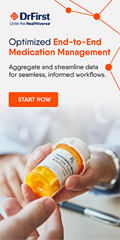



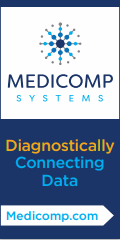
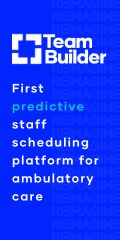








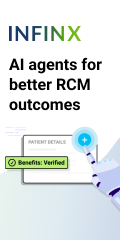
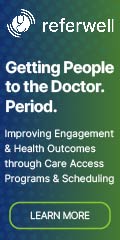




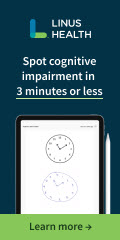
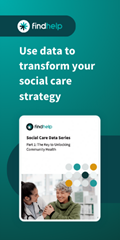



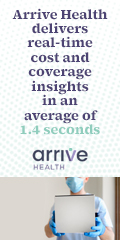

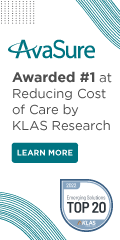



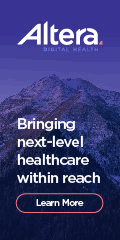


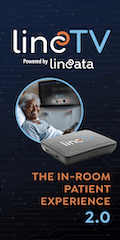
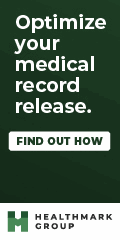

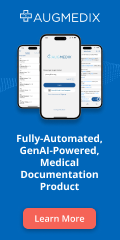
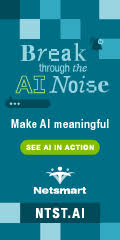
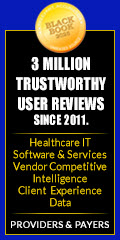

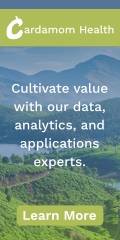



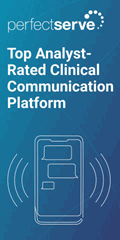




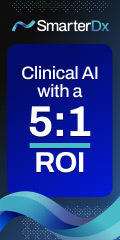

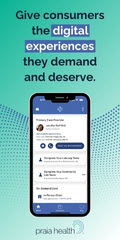
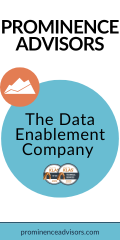
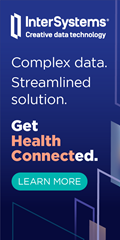

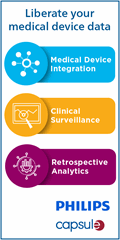




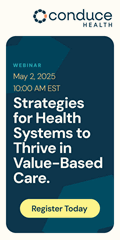




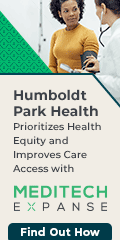




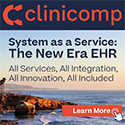

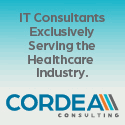
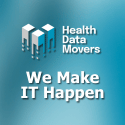

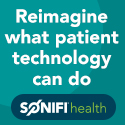






Great topic Dr. Jayne!
As we have seen by the fall-out of health problems for first responders and residents of lower Manhattan, tracking disaster related health outcomes is necessary and should be a priority. People involved in the cleanup of 9/11, and the Paradise CA fires, were able to assist the people of Maui devise a plan for cleanup to avoid some of the same health issues they encountered. It’s the data from those disasters that provided Maui with a clear path on how to proceed with cleanup in the safest way possible to protect the health of the cleanup workers and residents alike.
We need more documentation after tornadoes, hurricanes, mass shootings, etc. These events are not going away, all lead to physical and mental public health issues.
Reading this week’s Curbside Consult was especially sobering for me, especially the comments that “Prior to the COVID-19 pandemic, we didn’t have a lot of reserves to draw from at baseline. There was already a nursing shortage, a primary care shortage, and intermittent supply shortages when factories were hit by natural disasters or there were minor supply chain disruptions. Along came the pandemic, which exposed problems with strategic national stockpiles in the US and a rapid outstripping of global production for medical supplies. Those of us who were on the front lines vividly remember telling us we could wear bandanas to work to try to protect us from airborne pathogens and saw the pictures of our colleagues wearing trash bags when they couldn’t source barrier gowns.”
Although I had been retired for a few years when the pandemic hit, I also can remember some of the feelings I experienced during this time. Early on, when we were told we didn’t need to mask for this unknown airborne virus, I remember scratching my head and thinking ‘That ain’t right’. Nevertheless, I visited any store (Auto Zone, Menard’s, Ace Hardware, etc.) I could find that might have ANY masks and shared what I had with my local, small-town hospital. I also bought extra Clorox wipes and shared those too. It worried me to give up some of my stash of hard-to-find supplies, but I figured they probably needed it more than me. But it also somewhat embarrassed me that they needed to ask this from our community. I remember crying for them later after I shared my goods.
I also remember feeling infuriated when I learned that our strategic national stockpile had been depleted and wondered ‘how could that happen?’ This was the beginning of my feelings that our government had let us down.
I worked at our hospital for 16 years and still have friends who work there and now serve as a volunteer on a Patient Advisory committee. Watching the angst and fatigue our healthcare staff experienced during Covid was especially painful and we did our best to prop them up with community support. But here we are several years later and now see the challenges of trying to appropriately staff the services that many of us are now starting to utilize. I continue to ache for our broken healthcare system and wonder what more can I do. To be honest, I also find myself begrudgingly adjusting to a system that is a fraction of what it was when I was privileged to be a part of it. My retired colleagues and I often refer to this and ourselves as ‘lucky to have worked during the better years’. Sigh.
I can only hope and pray that our healthcare system does indeed experience more resilience and will rebuild better than ever, including with our technology.
Thought provoking!
I’m weak on SNOMED CT, and much stronger on ICD. Would the exact same issues not exist with ICD Codes?
At first I thought of groups like the DHS, IRC, MSF, and others similar. But I don’t think we can ask this of them (even though they could prove major consumers of such information). Their focus is never clinical informatics.
No, I think the code standards bodies themselves will have to step up to the plate. Or it won’t happen at all, or piecemeal (which probably ensures failure IMHO).
Perhaps what is needed, by analogy only you understand, is something similar to the DRG system. A higher order construct that groups codes beyond whatever internal code structure already exists.